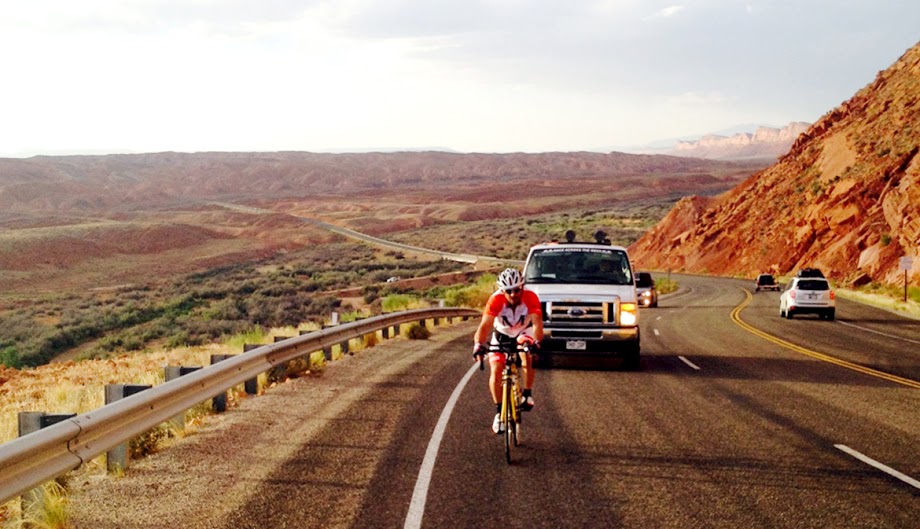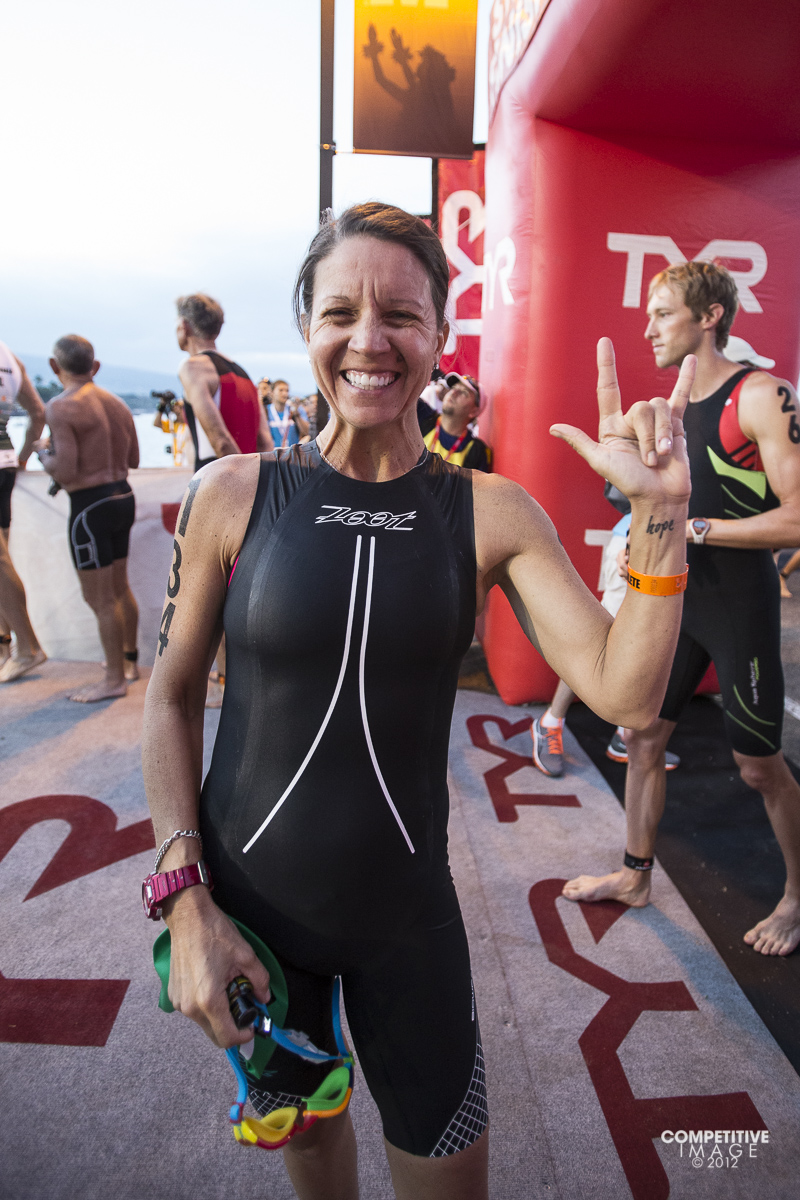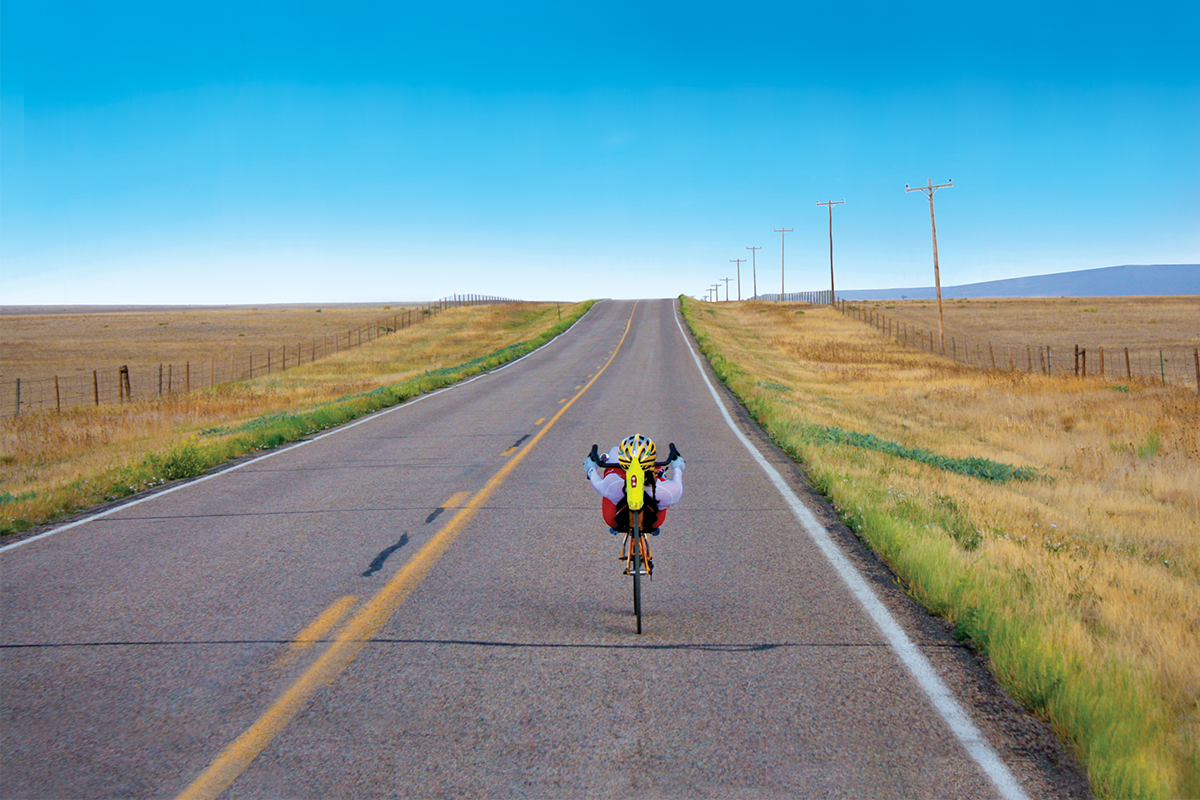3000 MILES TO A CURE
Frequently Asked Questions
3000 MILES TO A CURE FAQ
The mission of 3000 Miles to a Cure is to end brain cancer by raising funds for research, extending an open invitation to unite in hope and action for the cure.
HOPE DOCUMENTARY: Screenings will be hosted nationwide to raise funds for brain cancer research. Host one in your community! Click here for more information.
3000 LAUGHS: Come see humorist Jeanne Robertson in Lumberton, NC this fall. Ticket proceeds fund brain cancer research through 3000 Miles to a Cure. Click here to buy tickets.
3000 MILE CHALLENGE: We continue to promote the 3000 Mile Challenge to schools and communities. Would you like to host a 3000 Mile Challenge? Email us at info@3000milestoacure.com
Yes – we are an approved 501(c)(3).
3000 Miles to a Cure is committed to curing brain cancer. To do that as quickly and effectively as possible, we have chosen to deliver 100% of individual donations to brain cancer research.
This 100% promise is made possible through strategic partnerships with entities who support the mission of 3000 Miles to a Cure.
These partners deliver in-kind donations and fund specific needs within 3000 Miles to a Cure’s operational budget.
To invest in the mission of 3000 Miles to a Cure by donating toward operational expenses, please contact Charlie Mulligan at charlie@3000milestoacure.com

RACE ACROSS AMERICA FAQ

RAAM is 3,000 miles long, passes through 12 states, and has more than 170,000 feet of climbing. To compare, that’s 1,000 miles longer than the Tour de France, with 50% more climbing, and it’s completed in half the time!
Since RAAM’s inception in 1982, fewer than 200 people have completed the race. Last year, 39 solo racers took on RAAM. 5 of those were women. Only 2 women finished the race.
RAAM is not a staged race like other famous bike races, the most notable being the Tour de France. That means that once the clock starts in Oceanside, it doesn’t stop until the racer reaches Annapolis.
To keep her time as low as possible, Maria only stopped for about 4 hours a night to sleep and shower. Everything else, from eating to changing clothes, was done on the side of the road.
Maria’s training included 6 months of cycling 6 days per week. Each week, she trained hard 4 days, went easy 2 days and took one day off. She also did some other long, tough events to prepare for RAAM. She read every book, talked to as many people as she could and watched every movie about the race.
11 days, 20 hours and 54 minutes. Despite being sidelined for 24 hours following the accident, her finish time is the fastest ever recorded for a woman over the age of 50.
Maria tells us that she’ll only do RAAM again if somebody donates $1 million to brain cancer research.
3000 Miles to a Cure invites racers to ride for the cause and this year, we are honored that Jacquie Schlitter will be undertaking RAAM for 3000 Miles to a Cure in the solo female field.
Support Jacquie’s effort and 3000 Miles to a Cure by purchasing a raffle ticket for a recumbent racing bike at www.3000events.com
BRAIN CANCER FAQ
Brain cancer affects 221 out of every 1,000 people.
Life expectancy depends on a number of factors – age, position of the tumor, grade of the tumor, and gender. 6 out of 10 brain cancer patients will die within one year. Just 10% live for more than 10 years after diagnosis.
In the US, an estimated 14,080 people die from brain cancer every year.
An estimated 4,300 children will receive a brain cancer diagnosis this year. Brain cancer is the number two leading cause of cancer death in children under 20. The average survival rate for children with brain cancer is only 66%.
The causes of brain cancer are currently unknown. Brain tumors do not discriminate – they affect men and women equally regardless of lifestyle factors.
There are only 4 FDA approved treatments for brain cancer on the market today. Depending on a number of factors, treatment protocols include surgery, radiation therapy, and chemotherapy.
Some patients are also able to take part in clinical trials.
Jenny is hanging in there, but is no longer receiving treatment. Her husband Ray, her children Charlie, Ethan, Tim, Grace and Joe and other family and dear friends continue to support her in this journey.
Brain cancer affects 221 out of every 1,000 people.
HOPE FILM FAQ

Our budget was less than $5,000. Everyone who contributed to the creation of the film volunteered time and talent.
The film was mostly shot using a Canon t5i and Canon t3i. Some scenes were shot on a dashboard mounted camera and some were actually shot using RAAM crew’s personal cell phones. The film was edited using Adobe Premiere Pro.
Not yet, but we will submit it in the coming weeks!
We have been working on HOPE for about one year. Filming started prior to Maria’s race and final edits were just completed.
